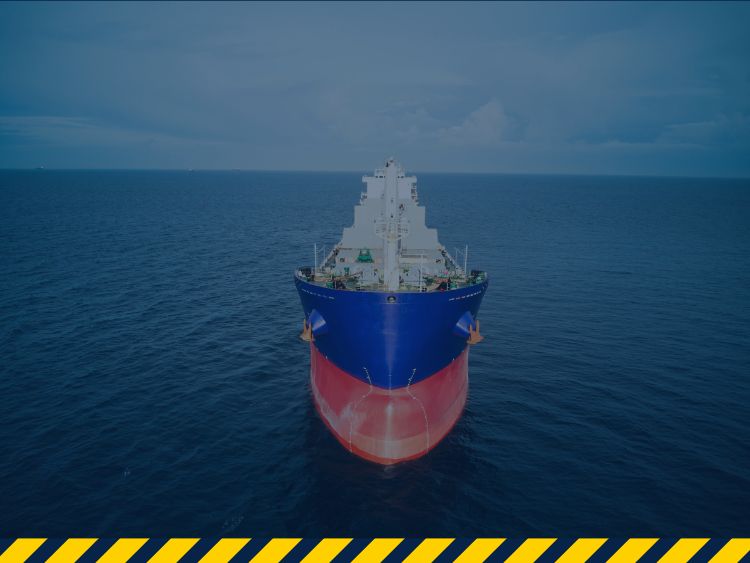The International Maritime Organization (IMO) has introduced important amendments to MARPOL Annex VI, specifically targeting SOx requirements for low-flashpoint fuels and gas fuels. These changes, adopted during the 81st session of the Marine Environment Protection Committee (MEPC 81) by Resolution MEPC.385(81), will enter into force on 1 August 2025.
Below, we break down the key points to help shipowners, operators, and managers prepare for compliance.

Why These Amendments Matter
With the industry’s growing interest in alternative fuels—such as ammonia (a high-flashpoint gas fuel) and LNG—the IMO aims to ensure consistent fuel quality and environmental protection measures under MARPOL Annex VI. These requirements:
- Strengthen SOx emission control measures.
- Clarify fuel sampling obligations for low-flashpoint fuels.
- Update the format of the Supplement to the IAPP Certificate to align with new regulations.
In-Use Fuel Oil Sampling Points
A minor but critical amendment excludes ships using high-flashpoint gas fuels (e.g., ammonia) from the obligation to install or designate in-use fuel oil sampling points. The rationale is that these high-flashpoint fuels differ significantly from traditional liquid fuel oils, making a separate sampling requirement unnecessary.
Key Takeaway
- If your vessel uses ammonia or similar high-flashpoint gas fuels, you may not need to designate or fit in-use fuel oil sampling points.
- Other vessels must continue to comply with existing sampling point requirements for verifying fuel sulphur content.
Fuel Oil Quality Requirements
Starting 1 August 2025, ships of 400 GT and above (including fixed and floating drilling rigs and platforms) using low-flashpoint or gas fuels must possess a Bunker Delivery Note (BDN) with specific details for each fuel delivery. This BDN must include:
- Name and IMO Number of the receiving ship.
- Port where the fuel is delivered.
- Date of delivery.
- Supplier’s Name, Address, and Telephone Number.
- Product Name(s).
- Quantity of fuel in metric tons.
- Density of the fuel (method and temperature specified).
- Declaration signed by the supplier affirming compliance with MARPOL Annex VI Regulation 18.
- Sulphur Content of the fuel as tested by an appropriate method (or a statement that the content is under 0.001% m/m).
These extra data points ensure that the fuel aligns with SOx emission regulations, maintaining the spirit of MARPOL Annex VI to protect the environment and uphold safety standards.
Recommended Next Steps
To avoid non-compliance and potential penalties:
- Educate Your Crew: Ensure officers on board understand BDN requirements for low-flashpoint and gas fuels.
- Coordinate with Fuel Suppliers: Communicate the new requirements so suppliers can provide a fully compliant BDN.
- Update Documentation: Prepare for a reissue of the Supplement to the IAPP Certificate once the amendments take effect.
- Seek Expert Guidance: If you are uncertain about any regulatory nuances, consult your Classification Society representative or a qualified maritime compliance expert.
For Further Information
If you have specific queries related to statutory surveys, certifications, or implementing these new MARPOL Annex VI amendments.
The shipping industry is rapidly evolving to meet green objectives and IMO regulations. Adhering to MARPOL Annex VI amendments not only avoids legal complications but also supports global efforts to minimize SOx emissions and safeguard the marine environment. Keep your operations up-to-date and ensure you’re fully compliant by 1 August 2025.

